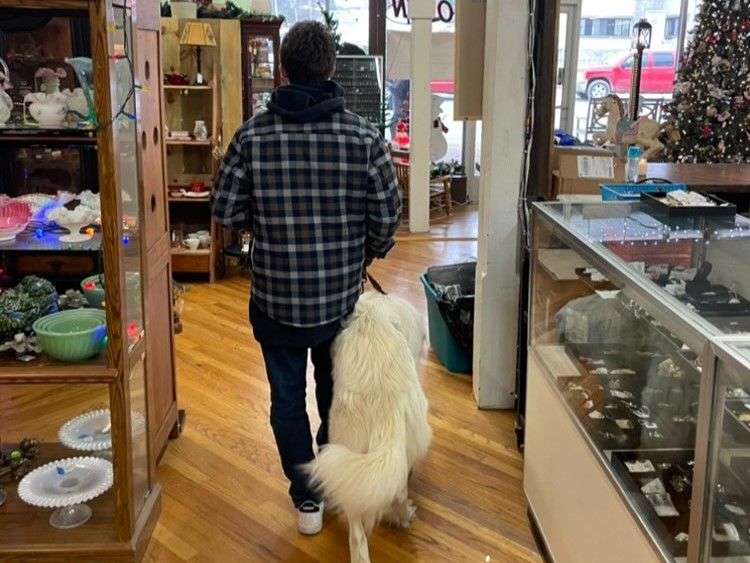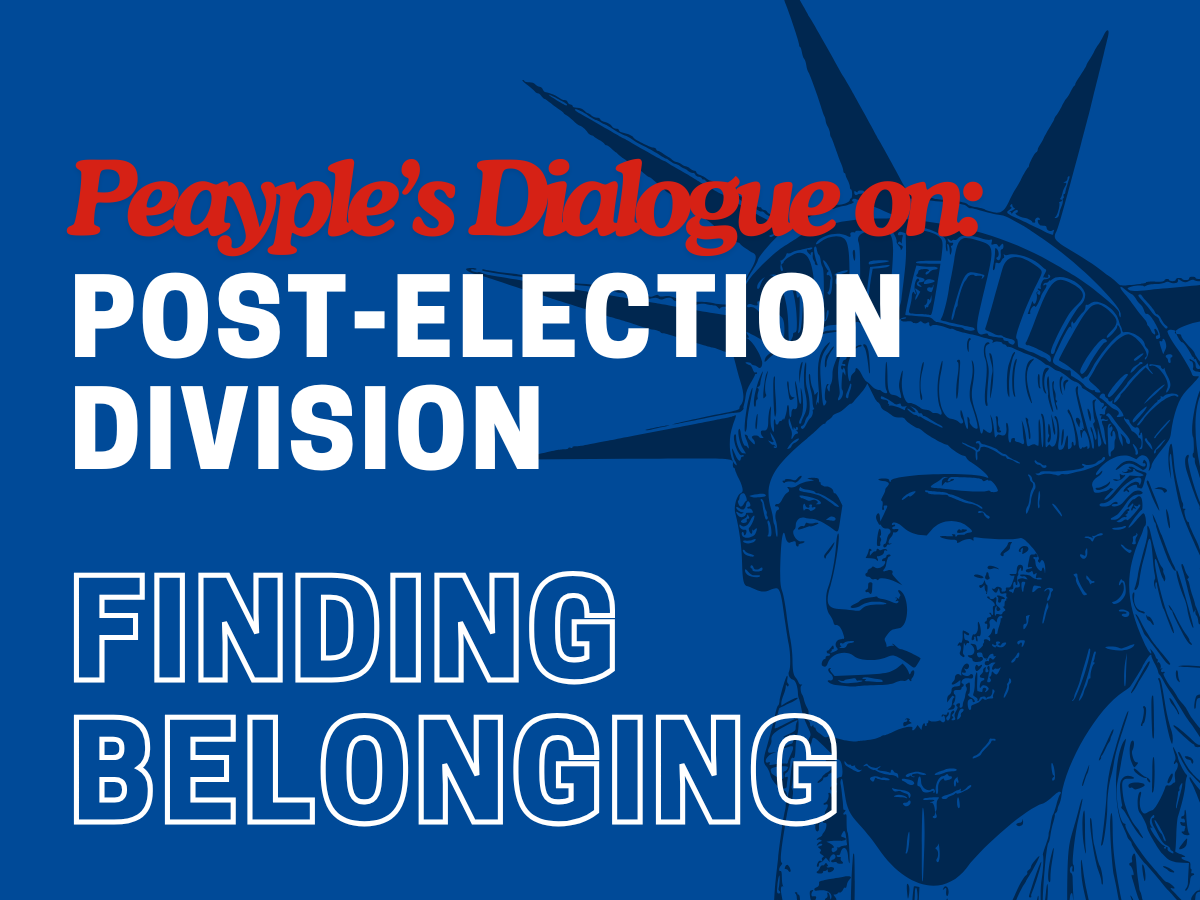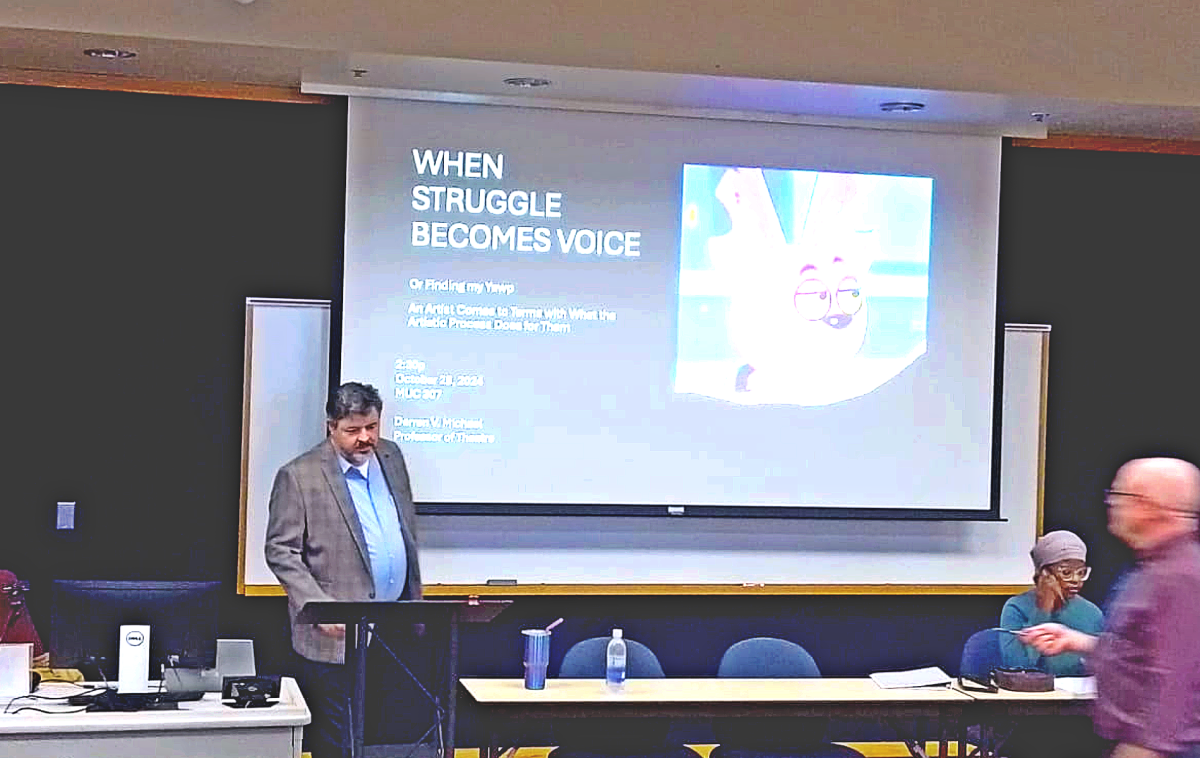With a play titled ‘‘Buried Child,” it is understandable to expect dark and complex material. With plays such as this, however, presentation is crucial, and this is where the theater department’s latest production falls flat.
I attended the showing of “Buried Child” at 2 p.m. on Sunday, Feb. 12. From the opening five minutes, I got the sense the characters were speaking a little too softly to hear, or maybe their articulation wasn’t clear enough for me to hear over their country accents. Either way, this inability to understand the characters persisted for the first 15 minutes of the play, and this general confusion persisted throughout the afternoon.
“Buried Child” focused on a farm-owning family in Depression-era America, with a “nuclear” family falling apart at the proverbial seams as a family secret erodes their relationships. As director Talon Beeson explained in the provided pamphlet, “Often, we try to escape the gravity of history, only to find ourselves repeating the patterns of our ancestors, fathers or mothers.” He wrote there “couldn’t be a more appropriate time in the great story of our country to ponder our history and how history will ponder us.”
If this was the message he intended with this semester’s production, I am not entirely convinced it was successful.
The play was structured as a three-act performance, with 15-minute intermissions in between acts. The first act was almost exclusively occupied by the dejected, alcoholic grandfather, Dodge, yelling at his wife, Halie, from the living room. This entire act is dominated by a man who is barely animated much at all, except to shift his position on the couch. The wife herself is off-stage for all but 10 minutes or so of the first act, and his son just stands around awkwardly and doesn’t do much except peeling corn that supposedly came from a field that has not had corn since 1935, leaving the play to hinge its entire first act on an actor who was barely moving.
The second act is where the plot finally starts to unfold, but as soon as it does, it becomes a continuous string of confusion as to which direction the story was trying to go. One of his grandsons, Vince, stops by the old farmhouse with his new girlfriend, Shelly, out of a sense of nostalgia, and is baffled when Vince’s own grandfather claims not to recognize him whatsoever. Vince’s father, Tilden, is at the house, as well, who Vince was supposedly driving to New Mexico in order to visit, and he also pretends to not recognize Vince. My confusion mirrored Vince’s: why do they not recognize him? Did something happen that caused them to forget? These questions were never answered at any point in the play. When Vince leaves the house briefly, the family reveals they totally remember who he is, but they never explain why they pulled the charade in the first place. It goes unexplained.
Such confusion fully manifested at the end of the second act, where Vince’s brother, Bradley, sexually assaults Shelly at the end of the act. At least, that is the implication. The scene actually has Bradley sticking his finger in her mouth, then rolling on the couch laughing as the lights fade for the second intermission. The opening of the third act, 15 minutes later, shows Shelly happy and cheery again, mostly, talking with Dodge. Where is the emotional progression? If she was sexually assaulted, shouldn’t there be a progression of emotions experienced? If there was, it is never mentioned, ever, until the very end of the play, in which Shelly comes clean about the incident to Vince, who proceeds to beat Bradley with his own prosthetic leg. It is funny, but it is the only resolution to this moment at all.
Shelly also has a moment where Halie starts talking about her to the priest she has brought home. Shelly, in response to Halie’s general racism towards her, slams a tea set on the ground, yelling “Don’t talk about me like I’m not here! I’m right here! I am alive!”
Such an outburst, and the following speech, would have worked far better coming from Vince, whose family spent the entire second act pretending he didn’t exist. From Shelly, it does not make sense. They know perfectly well she is there. She had pleasant conversations with Dodge and Tilden, talking about her pink coat and her relationship with Vince. Was she supposed to be a focal point for a conversation about race? Gender? The end result was neither.
This is not necessarily the fault of the actors, however. Emily Seifert returned from “Anything Goes” with just as much energy and charm as last semester, and the rest of the cast came off just as strong and interesting, even if the first act left a lot to be desired. Rhion Pinto, who played Tilden, reminded me a lot fo Credence from “Fantastic Beasts and Where to Find Them,” his posture on the stage and general demeanor perfect for an emotionally challenged character who is simply trying to do what he is being told.
The excellent acting, however, was unable to mask a generally discombobulated storyline with little cohesion at all. From general confusion as to the general story of the play to side plots left unanswered and unaccounted for, the play failed to make any serious impression other than confusion. “Buried Child” had a plethora of moral directions it could take. Unfortunately, it took none of those.







